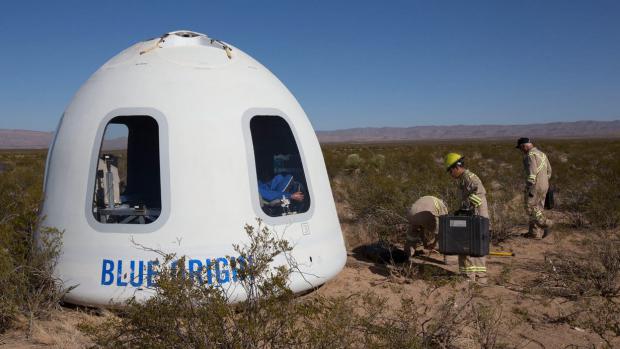
Breaking News
 Christmas Truce of 1914, World War I - For Sharing, For Peace
Christmas Truce of 1914, World War I - For Sharing, For Peace
 The Roots of Collectivist Thinking
The Roots of Collectivist Thinking
 What Would Happen if a Major Bank Collapsed Tomorrow?
What Would Happen if a Major Bank Collapsed Tomorrow?
Top Tech News
 Travel gadget promises to dry and iron your clothes – totally hands-free
Travel gadget promises to dry and iron your clothes – totally hands-free
 Perfect Aircrete, Kitchen Ingredients.
Perfect Aircrete, Kitchen Ingredients.
 Futuristic pixel-raising display lets you feel what's onscreen
Futuristic pixel-raising display lets you feel what's onscreen
 Cutting-Edge Facility Generates Pure Water and Hydrogen Fuel from Seawater for Mere Pennies
Cutting-Edge Facility Generates Pure Water and Hydrogen Fuel from Seawater for Mere Pennies
 This tiny dev board is packed with features for ambitious makers
This tiny dev board is packed with features for ambitious makers
 Scientists Discover Gel to Regrow Tooth Enamel
Scientists Discover Gel to Regrow Tooth Enamel
 Vitamin C and Dandelion Root Killing Cancer Cells -- as Former CDC Director Calls for COVID-19...
Vitamin C and Dandelion Root Killing Cancer Cells -- as Former CDC Director Calls for COVID-19...
 Galactic Brain: US firm plans space-based data centers, power grid to challenge China
Galactic Brain: US firm plans space-based data centers, power grid to challenge China
 A microbial cleanup for glyphosate just earned a patent. Here's why that matters
A microbial cleanup for glyphosate just earned a patent. Here's why that matters
 Japan Breaks Internet Speed Record with 5 Million Times Faster Data Transfer
Japan Breaks Internet Speed Record with 5 Million Times Faster Data Transfer
Blue Origin reveals first commercial payloads

The payloads, which ranged from artworks to medical experiments, were lofted into space at an altitude of 100 km (62 mi) during the 11 minute flight where they were subjected to three minutes of free fall.
On December 12 at 10:59 CST, the reusable New Shepard booster lifted off from the Blue Origin test site in West Texas. During the flight it reached a maximum ascent velocity of Mach 2.94 (2,000 mph, 3,200 km/h) and a maximum descent velocity of Mach 3.74 (2,847 mph, 4.582 km/h) on the way back to Earth.
Though unmanned, the prototype Crew Capsule 2.0 had a "passenger" in the form of "Mannequin Skywalker," an instrument-laden test dummy designed to return flight telemetry. But Blue Origin is also trying to promote the launch system as a platform for suborbital research that can be launched multiple times at low cost for repeat experiments.

 The State's Last Stand
The State's Last Stand


